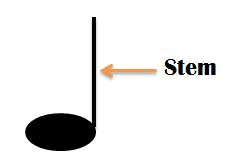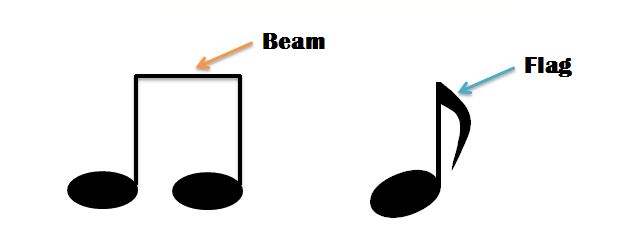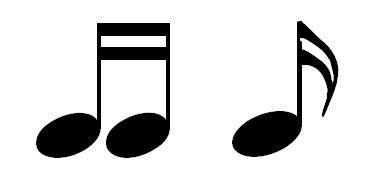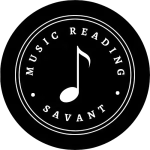| This reading music lesson is a supplement to the Alfred’s Essentials of Music Theory self-study workbook. While no book is perfect for learning how to read music, this is one of the best available. The concise explanations, brief practice exercises, ear-training CD’s, glossary of music terms, and answer key make it an excellent value. Buy this top-rated self-study course for beginners to advanced musicians and follow along with me. |
The term “note value” is referring to how long or short a note sounds.
This all depends on what the note looks like.
Music Note Values
Instead of going into too much detail right now, It would be best to learn some common generalities based on the visual appearance of music notes.
There are some basic attributes that can give us a lot of important information.
Notehead
Every music note has a notehead. This is the oval shaped part of the note.
In general, if it is white in the center (not filled in), then it will be held a little longer.

The noteheads that are filled in will sound much shorter.

Stem
The stem part of the note is the stick attached to the notehead.

This stick indicates a shorter length of sound also.
Flags & Beams
We can even take this a step further and say that when we see a flag attached to the stem or two stems connected together by a beam, it will have an even shorter duration yet.

The more beams and flags we add to the stems, the shorter it will sound.

Conclusion
When we combine all of the elements listed above, this can shorten or lengthen the total value of the note.
How long or short a note is played or sung is determined by it’s visual appearance.
Let’s take a closer look at some common music note values starting with the whole note.
